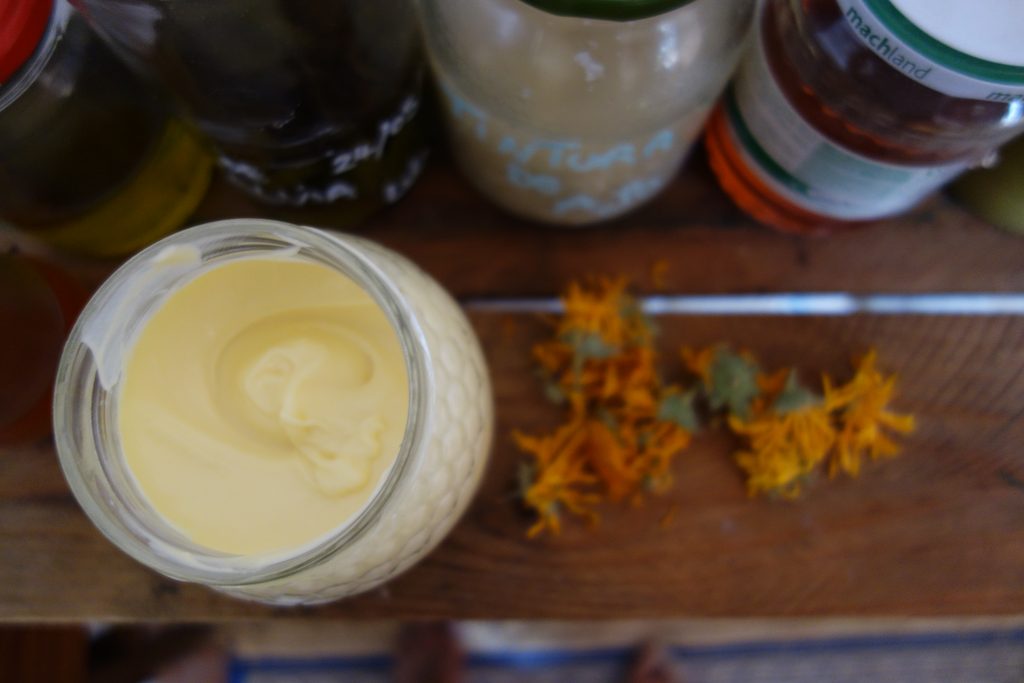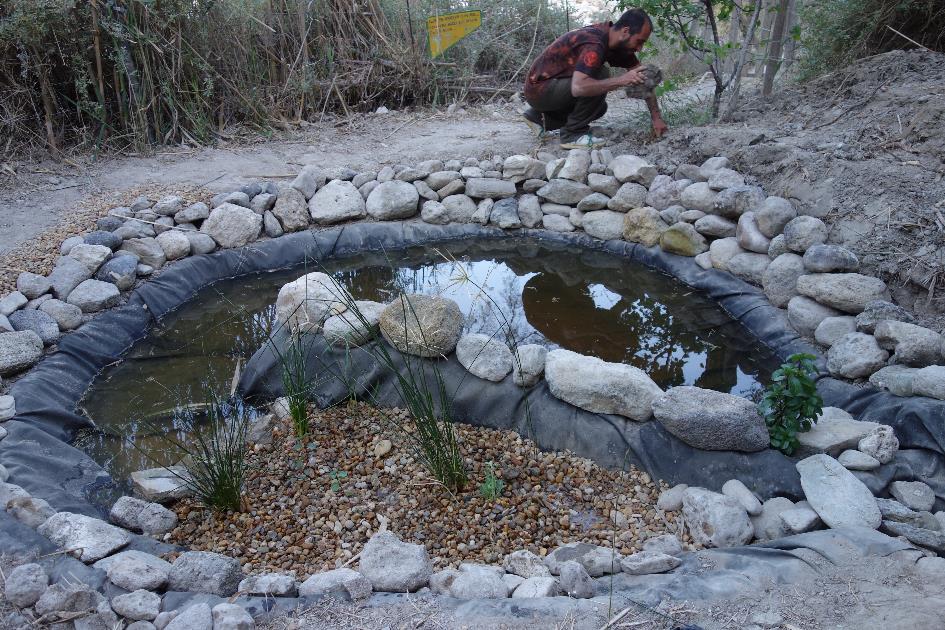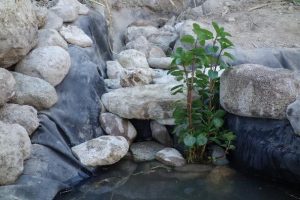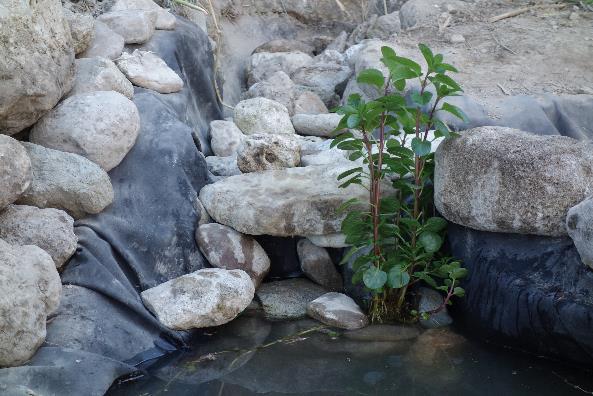Volunteer Stories
I wanted to go back to Sunseed for many years now. It had been 7 years from my last visit and 8 years from when I was uprooted from the valley after having spent there the best year of my life until then as Sunseed’s Sustainable Living Coordinator. A year to surpass that is yet to come. Many times I have tried to gather the old crew together and arrange a visit but have repeatedly failed. Lucy rarely looks at her emails, Tomi is transcending, it is the wrong season for Linsday’s veg, Matteo replies with goat songs, Enrico just says how much he loves everyone etc etc. So when my pal Toni showed interest in visiting Sunseed, I wasn’t going to let this opportunity slip away. The greatest coincidence of all was that the time that suited us both was Sunseed’s special 30th Anniversary week.

I booked my tickets early on and just the thought of going back to this extraordinary, magical place filled my thoughts all through the summer with joy. The time came and I had to prepare for my pilgrimage, a trip back to my happiest memories, so unique that going back was making me nervous. After planes, trains, buses, and coffees, we arrived in Los Molinos with Toni, Hugo, one of the Sunseed Trustees and Lara.

The first thing that hit me, was the smell. The Main House, still smelt the same. I went into the house looking around with awe. New roof! New stove! Office looking swish. But the same beautiful smell lingered on. It was pommegranate season, numerous trees in the valley heavy with this perfect fruit. Kostas, Sunseed’s Education Coordinator (Greek!) said they had recently found the little book I had made about them. Bound by string I did not expect that it would have survived the time. Many things in Sunseed do not.
I spent some time taking it all in. Exploring the Sunseed houses and gardens. Memories forgotten kept bubbling to the surface of my psyche. At times I felt uncomfortable, possessive. What are all these people doing in my house? They are not doing things like we did. And how is it possible that they don’t know me or any of my crew? Not long after, I came to realise that this one year that affected my life so much, happened 8 years ago, and that in that time people I will probably never meet (but would love to) also experienced Sunseed in profound and meaningful ways. Just like I did. Sunseed was not only mine, and that made it even more special.

The 30th Anniversary Week, was full of workshops, talks, seminars and some serious fun. From cob house building, to Hugelkultur, talent show, cooking and perhaps the most emotional of all the “night with the elders”. Shirley, Graham, Hannah and Martin, shared with us amidst laughs and tears, tales from the past, Green Deserts, times with houses with no windows, and the true belief that Sunseed was there to change the world. I cannot say if Sunseed changed the world, but I know for a fact, a lot of people whose worlds were changed because of Sunseed. As Graham described “Sunseed is like an ever changing painting, that keeps being painted by the people who come to it. And it is not seem to be finished yet”.

As the week went on I planted carob trees, collected pommegranates, foraged saltbush and forgotten onions, cooked lunch, swam in the river pools, found out about the intensive olive plantation upstream of El Rio Aguas that threatens the valley, prepared olives, had great chats and amused my self with my numerous deja vous (when the rota goes around they still tell people to put the lid on the pen while thinking of what chore they want to do :)). The current Sunseed crew, bright, genuine, welcoming, inclusive, full of energy and connection. What a joy it was to spend 9 days with them.
Sunseed still feels like my home and the whole valley like my garden. I walked around all day in bliss, feeling totally safe, with nothing but my camera on me. I needed no money, no keys, no nothing. Just like I do when I am at home. I don’t walk around with my bag on my shoulder inside my house, that would be a very odd thing to do.

I left Sunseed with the late bus to Almeria. It was not as painful as the first time, but it was a bit sore still. I spent my last night in Hugo’s house. “Good morning Manolia” he said as he was leaving for work. “You smell like Sunseed”. With a heart full of joy I begun my journey back home.
Lizzie, Andreas, Gabbie, Etienne, Michael, Jon, Errica, Hannah, Martin, Hilda, Pauline, Eva, Tania, Morgan, Rory, Lesha, Toni, Saska, Gorgie, Carol, Luke, Vijan, Siggie, Kostas, Jef, Dave, Shirley, Graham, Barbara, Bob…how nice to be with you all.
___________________________________
By Manolia Vougioukalou, Sustainable Living Coordinator at Sunseed 2008-2009 and the biggest fan ever since.

































